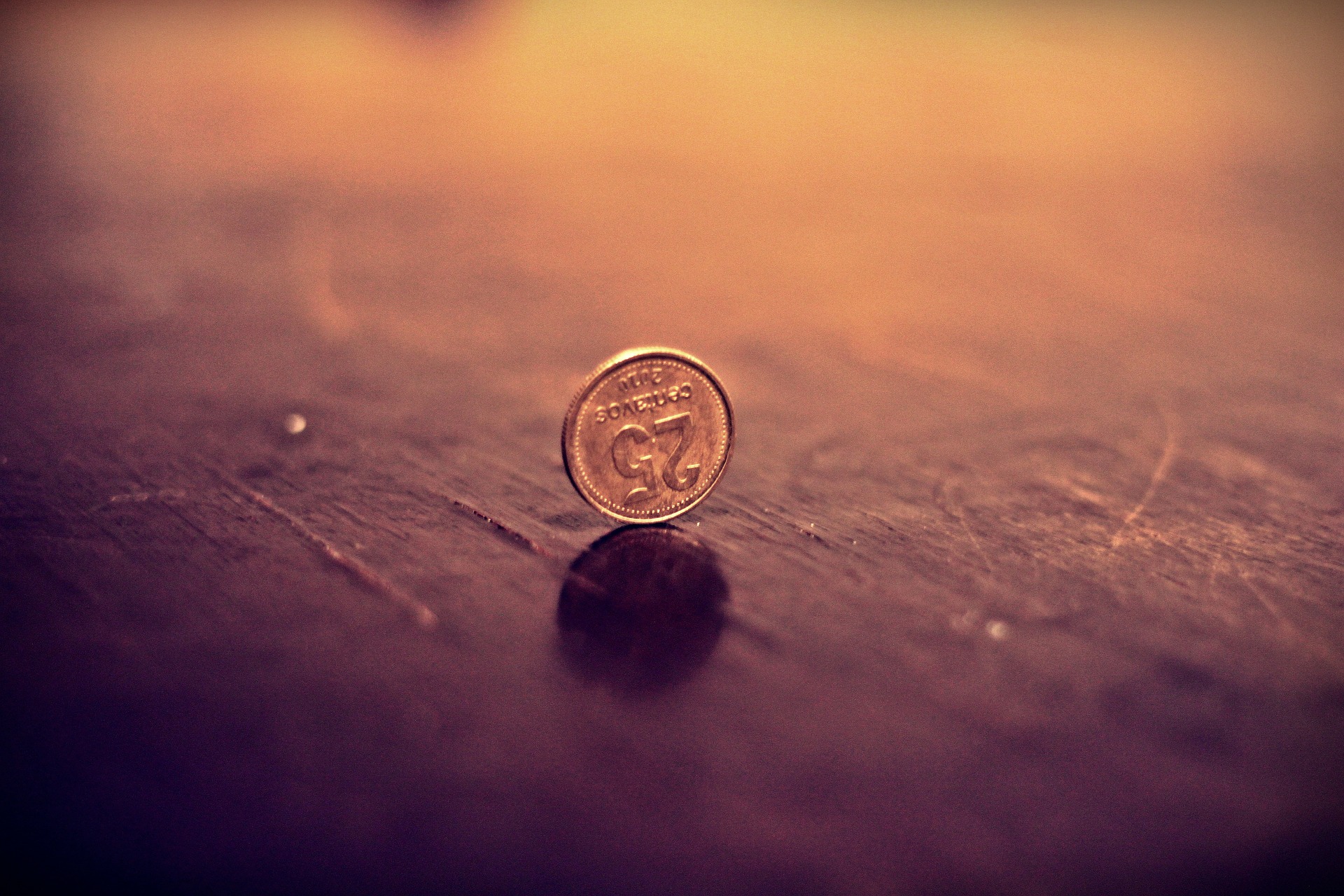“Prayer for My Daughter” is a beautiful personal poem by William Butler Yeats, reflecting his gloomy mood and a fear of a disturbing future. The poem was composed in 1919 and appeared in 1921. It was written during World War I; thus, it reflects the post-war agitation that was prevalent during that time. Though the war ended but Ireland was still in the disturbance. William Butler Yeats’ daughter Annie was born at that time, and the poet was worried for her future. He is worried that his infant daughter has to face the challenges and hardships of the future and how best would she be able to fight them. The poet suggests some characteristics that she must undertake which can sustain her future and keep her safe and happy.
Prayer For My Daughter: Summary
Stanza 1:
A violent, dreadful storm is blazing outside. The poet says that the ‘haystack and roof-leveling wind’ is blowing directly from the Atlantic but is obstructed by just one naked hill and the woods of Gregory’s estate. The poet then introduces her infant daughter, who is sleeping in her cradle, well protected from the assaults of the dreadful storm that is raging outside. The poet keeps pacing the cradle up and down while praying for her daughter because a storm has been raging in his soul too. He is worried for his daughter’s future, and his mind is full of apprehension for the future of humanity.
Stanza 2:
In the following stanza, the poet describes the condition of the place the poet dwells in. The poet can hear the shrill sound of the sea wind that is hitting the tower and below the arches of the bridge which connects the castle with the main road and in the elms above the flooded river. The poet has been praying for over an hour, and he is disturbed by the shrill sound of the sea wind. He is haunted by fear. The poet imagines the future, in the course of his excitement and fear, that the future years have come out of the sea, and it is dancing to the crazy beat of the drums. Like every affectionate and caring father, the poet is anxious for his infant daughter.
Stanza 3:
Now the poet talks about what he is praying for his daughter. He says he is praying that his daughter may be granted beauty but not so much that it disturbs or distracts others. The poet says that women who are very beautiful forget their natural kindness and are unable to accept sincere love. Thus, they fail to have an appropriate life partner, and hence they remain unsatisfied.
Stanza 4:
Here the poet refers to the Greek mythological character, Helen. Helen was the beautiful daughter of Zeus and Leda. She eloped with Prince Paris of Troy, which led to the destruction of Troy. Aphrodite also married Hephaestus and betrayed him later on. In the same manner, Maud Gonne, too, had rejected Yeats’ proposal and had married a foolish man and was not happy with him. Yeats says that beautiful women are too proud and foolish and, therefore, they suffer and lead miserable lives.
Stanza 5:
The poet prays for his daughter that she should have something more than just bewitching beauty. She should be courteous. The poet believes that hearts can be won by virtue of courtesy; even those who are not beautiful can win hearts by their courtesy. Maud Gonne was very beautiful, and Yeats was a fool to believe that she loved him too. Later on, he realized his mistake, and he ultimately understood that it was courtesy and not beauty that won his heart.
Stanza 6:
The poet pleads that the soul of his daughter should flourish and reach self-fulfillment like a flourishing tree. Like the linnets, her life should be clustered around happy and pure thoughts. These little creatures are symbols of innocence and happiness that make others happy too. So he wishes his daughter to be happy within as well as keep others happy too.
Stanza 7:
The poet then talks about his own mind and heart. He says that on looking into his own heart, he finds hatred that has come because of the experience of life and the sort of beauty he loved. He prays for his daughter to keep away from such evils and says that if the soul is free from any hatred, nothing can ruin one’s happiness and innocence.
Stanza 8:
The poet feels that intellectual hatred is the worst kind of hatred. He considers it as a great flaw in someone’s character. So he wants his daughter to shun any such kind of hatred or strong bitter feelings for anyone. He wants his daughter to avoid the weaknesses that Maud Gonne had. Maud Gonne’s good upbringing and charming beauty proved useless when she chose a worthless person for a husband.
Stanza 9:
The poet says if his daughter is free from this intellectual hatred, she will be a happy soul. She will have inner peace within herself. She will be able to keep herself and others happy even when she is going through hardships and misfortunes.
Stanza 10:
In the final stanza of “Prayer for My Daughter,” the poet prays that her daughter gets married to a good, aristocratic, and decent family. He prays that she would get a husband from such a family who would take her to a house where the aristocratic traditions are followed. He wants his daughter to live a life of high, spiritual values. Arrogance and hatred should not be entertained there. He believes that in the atmosphere of custom and ceremony, real beauty and innocence can take place.
Prayer for My Daughter: Style
The poem is composed of ten stanzas, each having eight lines following the couplet pattern. The poem is simple, but the poet has enhanced it with imagery. The violence of nature is symbolic of the violence of man. The poet uses many examples of the great mythological beauties like Helen, Aphrodite who represent his lover, Maud Gonne. Images of trees and storms are used to represent ideas like tradition, custom, innocence, etc.
“Prayer for My Daughter” is remarkable for Yeats’ dexterous manipulation of symbols and images.
Some online learning platforms provide certifications, while others are designed to simply grow your skills in your personal and professional life. Including Masterclass and Coursera, here are our recommendations for the best online learning platforms you can sign up for today.
The 7 Best Online Learning Platforms of 2022
- Best Overall: Coursera
- Best for Niche Topics: Udemy
- Best for Creative Fields: Skillshare
- Best for Celebrity Lessons: MasterClass
- Best for STEM: EdX
- Best for Career Building: Udacity
- Best for Data Learning: Pluralsight

















Thank you very much..very useful indeed..
tank you for help
thanks
This summary was very useful indeed thankyou
This summary was very useful indeed thankyou
Somuch .will meet again bay
Tnq this is really very good nd helped me understand the poem easily
It is the best explanation that is beneficial for not only learning but also teaching…….